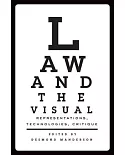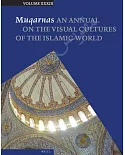Richard R. Brettell's innovative and beautifully-illustrated account, the latest addition to the acclaimed Oxford History of Art series, explores the works of artists such as Monet, Gauguin,
Picasso, and Dali--as well as lesser-known figures--in relation to expansion, colonialism, nationalism and internationalism, and the rise of the museum. Beginning with The Great Exhibition of
1851 in London, Brettell follows the development of the major European avant-garde groups: the Realists, Impressionists, Post-Impressionists, Symbolists, Cubists, and Surrealists. Giving
attention to the changing social, economic, and political climate, the book focuses on conditions for the development of modern art such as urban capitalism, modernity, and the accessible image
made possible by art museums, temporary exhibitions, lithography, and photography. Brettell examines artists' responses to modernism, including changes in representation, vision, and "the art
of seeing." Combining the most recent scholarship with 140 illustrations--75 in full color--the book chronicles the change in art and image itself, from the iconology of new representations of
the nude human form to the anti-iconography of "art without 'subject'": landscape painting, text and image, and abstraction.
Tracing common themes of representation, imagination, perception, and sexuality across works in a wide range of different media, and offering profuse illustration to bring the changing art
forms vividly to life, Modern Art 1851-1929 presents a fresh approach to the fine art and photography of this remarkable era.





















